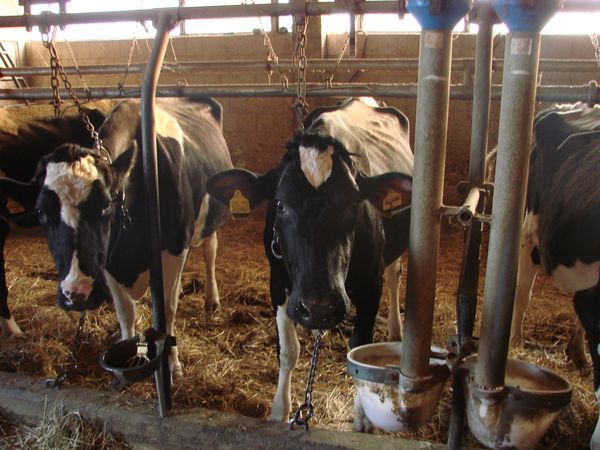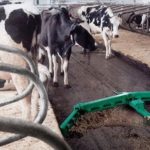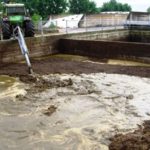When cattle are kept, both in the household and on livestock farms, cow dung and chicken manure are formed, which is a product of animal activity that needs disposal. It is a good organic fertilizer, but it is undesirable to use it in its pure form for a number of reasons.
Table of contents
The need for processing manure cattle
Manure has always been considered a useful natural fertilizer. But fresh is very poisonous, foul-smelling substance. When decomposed, a large amount of carbon dioxide is released, which causes burns of the plant root system and its death.
There can also be bacteria and eggs of harmful organisms, fungal spores. For this reason, before using this organic fertilizer, you should bring it to a certain state.
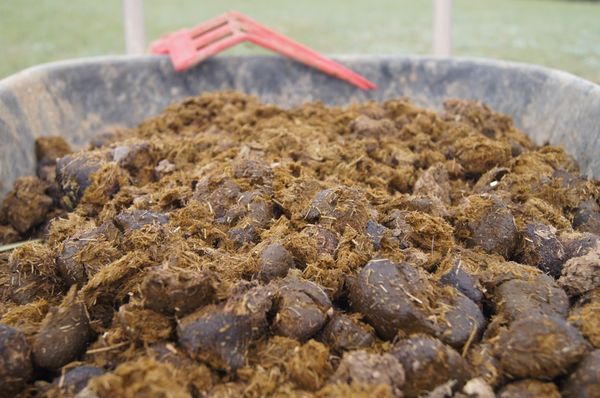
The most common and useful recognized manure from cattle. It is received by quite a large number of specialized farms. But even in a farmstead, with one or several cows, you can provide your plot with the necessary amount of useful fertilizer.
First of all, you need to give time to matured. Under the influence of the high temperature of the process, harmful microorganisms die, the constituent substances decompose, humus is obtained, which is already an organic fertilizer. For this must pass from 2 to 12 months.
Ways of processing in farms
There are a number of possibilities for its processing, storage and disposal.First of all, follows release from animal manure habitat. These we will provide them a comfortable life, we will warn of the disease.
The following methods are used:
- Mechanical, animal habitats are equipped with chain conveyors having special scrapers. When you turn on the system, the scrapers begin to move and collect the manure, moving it into a container. This method makes cleaning on farms and in large specialized farms.
- Water wash, the manure is washed off with water that is piped and the liquid substance flows into the tank. After settling and adding certain components, an excellent, easily used fertilizer is obtained. Such a system requires a powerful pump, a large amount of water, is an energy-intensive procedure that does not always justify the costs. The method is used on large specialized farms.
- The easiest and not at all pleasant - gravity way to. It is applicable for small private farms. The mass flows down the slurry, then it is collected by shovels by hand and transported out of the barn on carts.
- Mechanical method of removing manure
- Water wash
Manure storage methods
There are several storage methods that differ in the processes occurring in manure heaps:
- Cold way to. Waste is collected in piles of 2x2 m and a height of up to 5 m. In this case, the excess oxygen disappears, bacteria die.
- Anaerobic the method uses an increase in temperature in the heap to +700 degrees. To do this, the mass is stored without tamping, waiting until it reaches the desired temperature. The laid layer is crushed and a new one is laid on top. And so to a height of 2 m. Here there is a process of destruction of microorganisms, the maturation of the mass.
- Biothermal. For the storage of mass, a pit is prepared, the walls and bottom are strengthened so that the manure is not absorbed into the ground. At the bottom lay a layer of garden waste, straw, dry grass. A fresh compound is placed in the middle; it is covered with earth or straw. In the process of decomposition of the manure mass, the temperature rises, bacteria are killed.
Manure disposal
Previous processing methods allow us to get humus.This is a useful mass, but it is not subject to long-term storage. To obtain a universal fertilizer of long-term preservation, various methods are used.
Composting
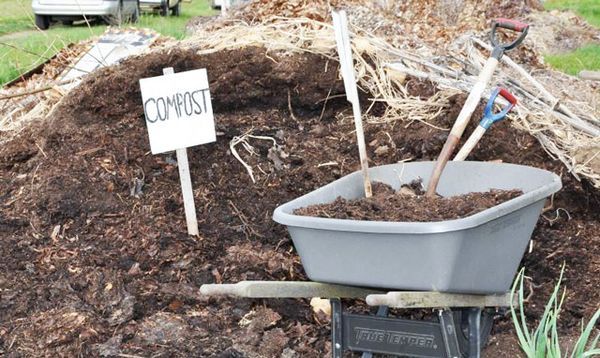
Composting consists in arranging a puff cake of various components. As the basis of the laid substrate, which contains bacteria-enzymes. The next layer is organic waste from the garden. Next is a layer of fresh manure. Layers are repeated to a height of 1 m.
The top layer should protect the mass from drying out. A compost pile is poured with water and teddled with forks. Compost overheats not less than a year. The result is compost, which is one of the best natural fertilizers.
Vermicomposting
This is manure processing with the help of worms. Passing it through the organism, worms allocate the substrate similar to the soil enriched with a humus. The worms brought together with such a mixture begin to actively process the garden soil, improving its structure and enriching it with useful elements.
Currently used for this purpose Californian red worms. This population was created in the Kuban and has worked well.Bone meal or lime is added to the dung mass in order to create an environment with acidity up to pH 8.
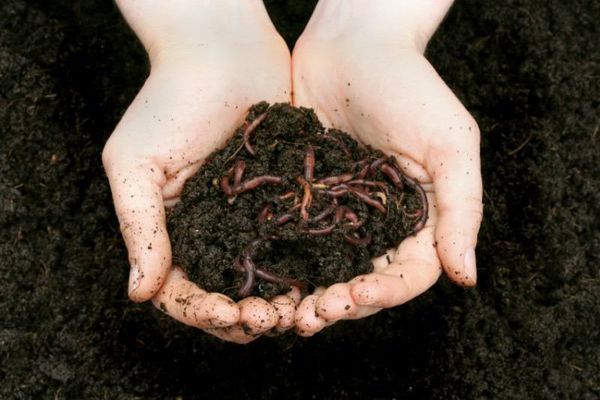
Bacteria Making Method
Waste cattle can be recycled with the help of bacteria. The warm and humid environment obtained in the dung heap, rich in organic elements, is very favorable for their reproduction. The result is humus-rich mixture.
Granulation
Special technology allows to obtain granules of the same size. They contain a complete set of trace elements. in high concentration. Fertilizer is convenient to use, easily soluble in water. Enough to make a small amount for full power.
Modern methods make it possible to process animal waste into animal litter, produce biogas, make fuel briquettes. But the most important method of application is organic natural fertilizers, which contain all the elements necessary for plants and do not contaminate the earth with chemicals.
